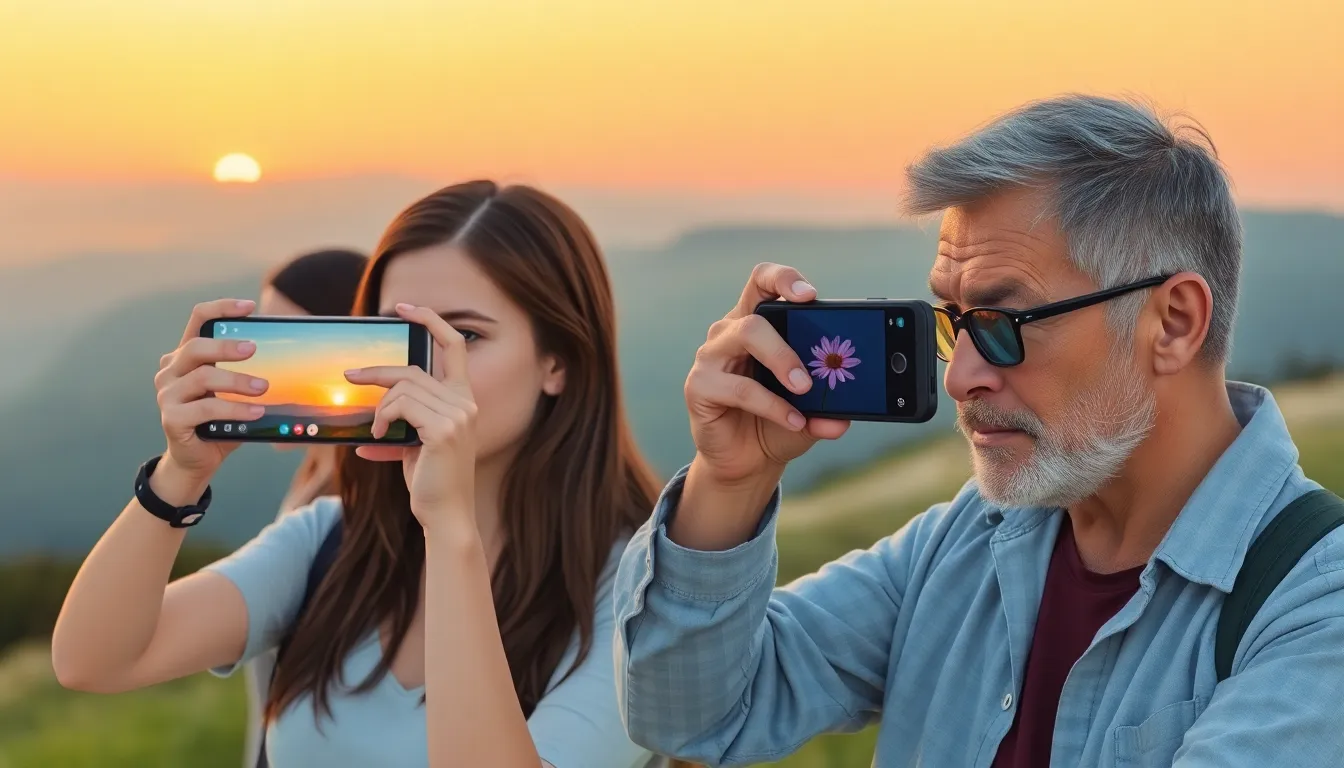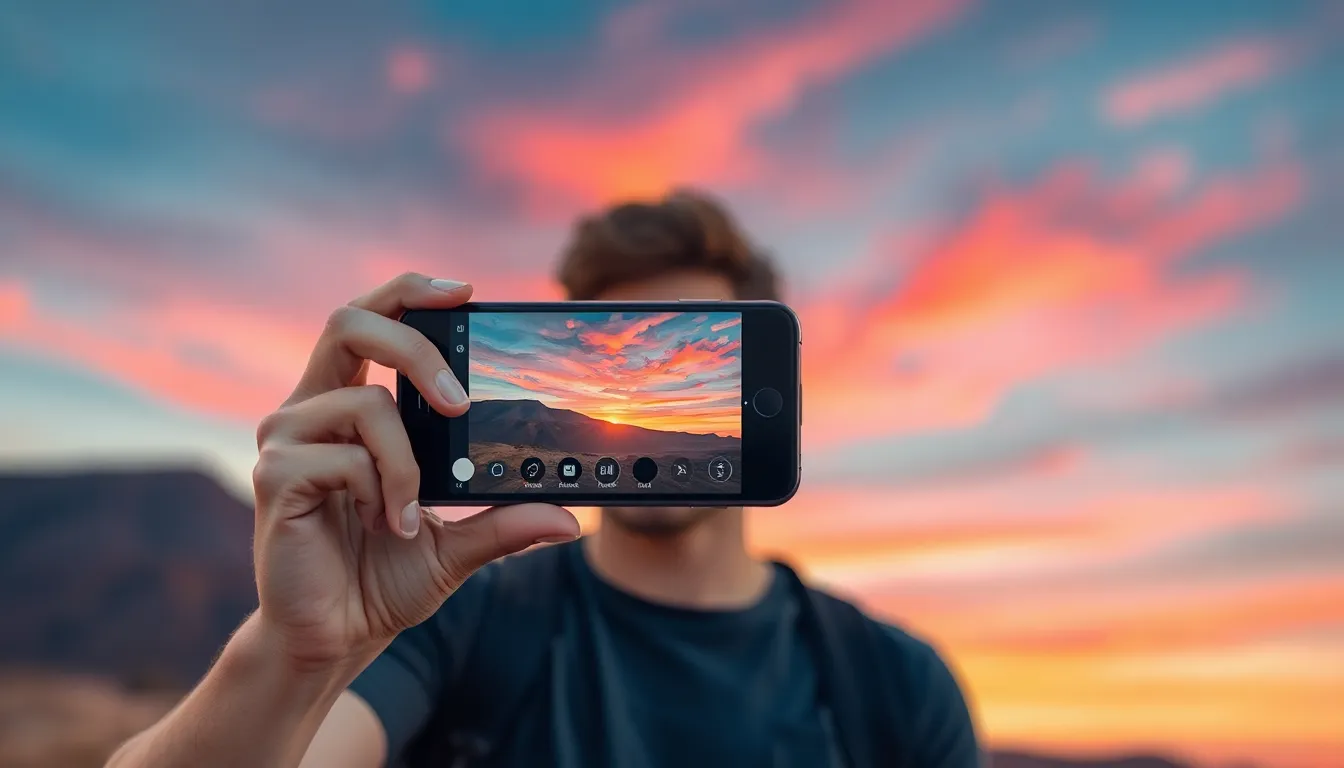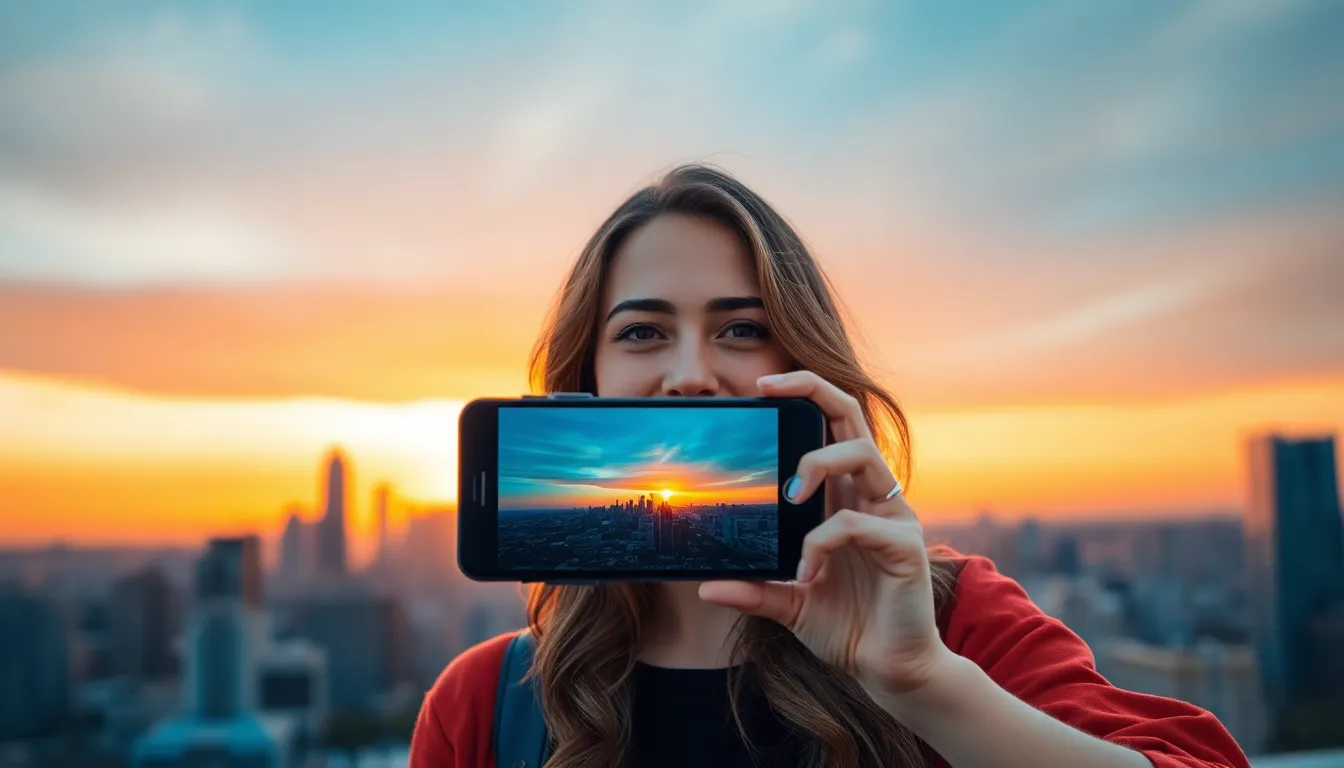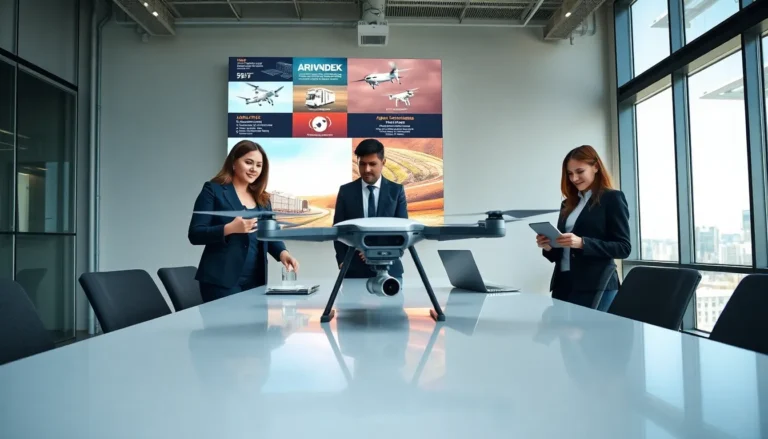Table of Contents
ToggleIn a world where capturing the perfect shot can make or break a social media post, multi-lens smartphones have swooped in like superheroes armed with an arsenal of lenses. Gone are the days of squinting at a single camera and praying for a miracle. Now, with a tap of a finger, anyone can switch from wide-angle to macro and everything in between. Who knew that taking a picture of your lunch could feel like directing a blockbuster film?
Overview of Multi-Lens Smartphones
Multi-lens smartphones enable users to experience enhanced photographic capabilities. These devices typically incorporate various lens types, including wide-angle, telephoto, and macro lenses. Each lens type serves a distinct purpose, allowing photographers to capture a broader range of scenes and subjects.
Camera quality improves significantly with multiple lenses, as they often work together to enhance image processing. Users can switch seamlessly between different modes, transforming ordinary snapshots into artistic compositions. For instance, wide-angle lenses facilitate landscape photography by capturing more of the scene. Telephoto lenses empower users to spotlight distant subjects without losing detail.
Innovations in multi-lens technology contribute to improved low-light performance. This feature ensures users achieve quality results even in challenging lighting conditions. Additionally, depth sensors play a crucial role in portrait photography, adding a professional touch with blurred backgrounds.
These smartphones also enhance video recording capabilities. They support various resolutions and frame rates, allowing users to create high-quality video content suitable for social media platforms. The availability of multiple lenses makes transitions between different recording styles effortless.
Consumer demand for multi-lens smartphones continues to rise. Recent data indicates that over 70% of new smartphone models released in the past year featured multiple lenses. This trend illustrates the importance of advanced photography features in modern devices.
Multi-lens smartphones are revolutionizing how individuals approach photography and videography, making professional-quality results accessible to everyone.
Advantages of Multi-Lens Smartphones


Multi-lens smartphones offer several advantages that enhance user experience and creativity. Users benefit from diverse photographic capabilities, allowing them to capture images in ways that single-lens devices cannot.
Enhanced Photography Capabilities
Enhanced photography capabilities stem from the variety of lenses found in these smartphones. Wide-angle lenses produce expansive landscape shots, while telephoto lenses excel in zooming in on distant subjects without sacrificing quality. The addition of macro lenses allows for detailed close-ups of small objects or intricate textures. Depth sensors contribute to portrait mode effects by creating a pleasing bokeh, which isolates the subject from the background. With advancements in image processing technology, multi-lens systems produce sharp, vibrant images even in challenging lighting conditions. These features combine to elevate everyday photography to professional standards.
Improved Versatility in Shooting
Improved versatility in shooting is a standout feature of multi-lens smartphones. Switching between lenses enables effortless adaptability to various scenarios, whether capturing a family gathering or a scenic hike. Low-light environments pose no challenge thanks to dedicated lenses that optimize performance despite the darkness. Users can shoot wide-angle shots during sunsets and switch to macro for up-close flower details without needing multiple devices. This adaptability makes it easier to document all aspects of life creatively. Different lenses enhance the photographic experience, allowing users to express their creativity without technical barriers.
Popular Multi-Lens Smartphone Models
Numerous models featuring multi-lens systems have captured consumer interest. Each brand brings unique capabilities to enhance photography.
Brand A Multi-Lens Features
Brand A excels with its triple-camera system. The wide-angle lens captures expansive views, making landscapes stunning. A telephoto lens allows for sharp images of distant subjects. Low-light performance benefits from advanced image processing, ensuring clarity in dim environments. Macro capabilities focus on intricate details, ideal for close-up photography. Depth sensors produce beautiful bokeh effects in portrait mode. Overall, Brand A’s integration of various lenses caters to diverse shooting scenarios, elevating everyday photography.
Brand B Multi-Lens Features
Brand B stands out with its quad-camera setup. Each lens serves a specific purpose, maximizing versatility. The ultra-wide lens easily accommodates large groups or sweeping vistas. A dedicated night mode enhances photos taken in low-light settings. Portrait mode features optimized depth sensors, creating professional-looking portraits. Super macro functionality captures stunning details in small subjects. Advanced image stabilization improves video quality, catering to avid content creators. Brand B focuses on providing an all-encompassing photographic experience for users.
Future Trends in Multi-Lens Smartphone Technology
Emerging trends in multi-lens smartphone technology suggest a continued evolution in photographic capabilities. Enhanced image processing power enables smartphones to capture stunning detail, even in challenging conditions. Many manufacturers are focusing on integrating artificial intelligence features, allowing users to achieve professional-level results without extensive photography knowledge.
Growing interest in computational photography is evident. This technology blends various images captured by multiple lenses, producing remarkable final photos. Users increasingly expect features like automatic scene detection and smart exposure adjustments that improve picture quality significantly.
Additional lens types are likely to emerge, focusing on enhanced functionalities such as periscope zoom lenses. These lenses provide significant zoom capabilities, surpassing traditional limits, further expanding creative possibilities. Improving low-light performance and night photography features should accommodate current user demands.
Manufacturers might prioritize sustainability in future models, integrating eco-friendly materials and powering devices with energy-efficient technology. This approach resonates with environmentally conscious consumers. Adoption of 5G technology will also facilitate faster content sharing, allowing for immediate uploads to social media platforms.
Smartphone video capabilities are set to experience similar advancements. Users should anticipate improved stabilization methods and multi-camera shooting options for dynamic video creation. Enhanced collaboration between application developers and hardware manufacturers will likely yield specialized apps tailored for multi-lens systems, enabling unique editing and sharing experiences.
Interest in augmented reality functionalities will also shape future innovations. Multi-lens setups could enhance AR applications by providing depth perception and more immersive experiences. As trends continue to evolve, multi-lens smartphones will notably redefine visual storytelling and consumer expectations in photography and videography.






